As an Amazon Associate I earn from qualifying purchases.
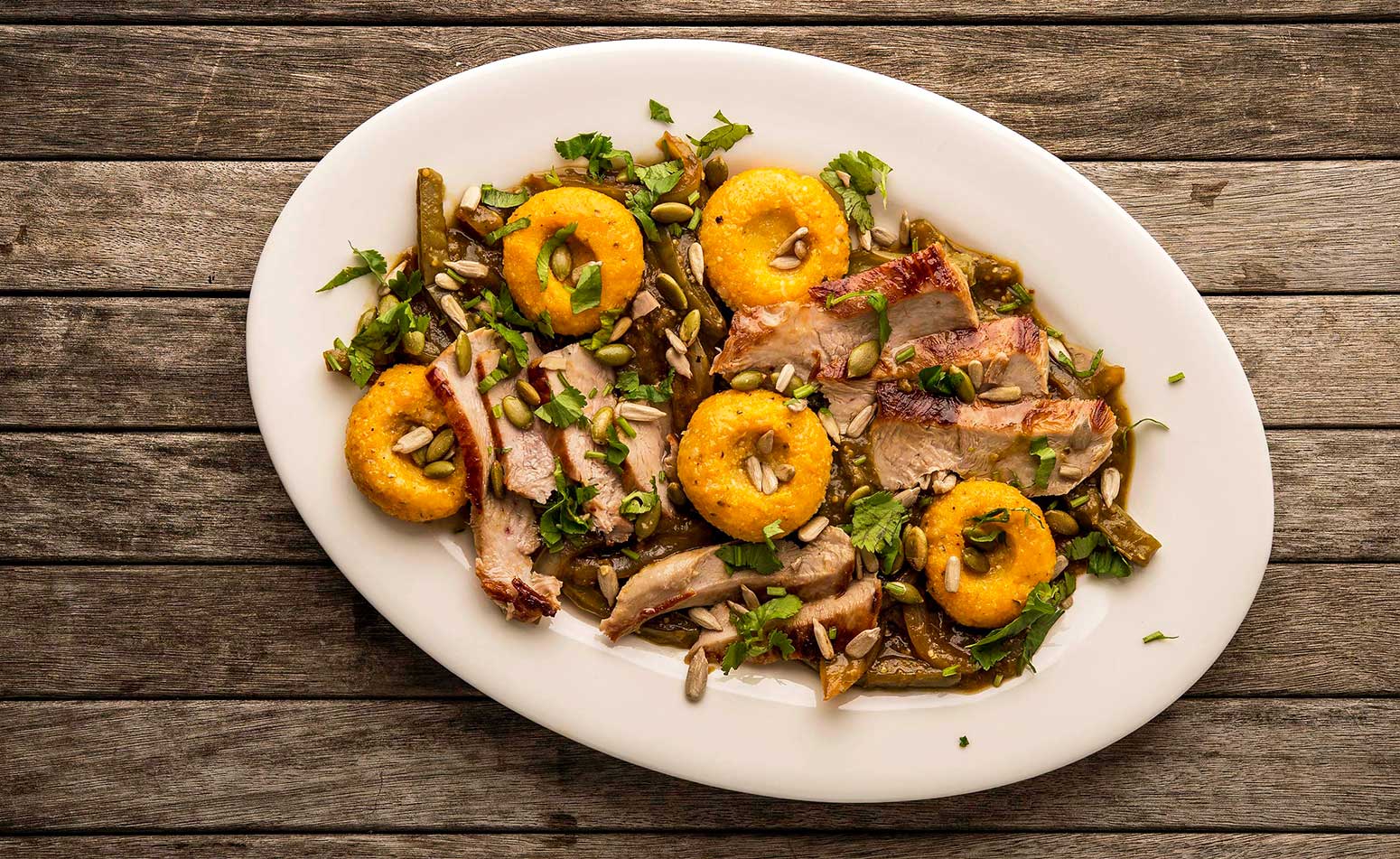
OK, so I know this post is going to weird some people out.
This lovely recipe you see here I call “Kansas Pheasant.” But the reason isn’t obvious. After all, when you think of Kansas, you think: Home of Dorothy, the Jayhawks (and Wildcats), farmers, Germans and the like.
Not salsa verde and chochoyotes, pepitas, nopales and mezcal.
Walk with me a moment.
I just got back from hunting pheasants with my friend Jim Millensifer out in western Kansas for the annual Kansas Ringneck Classic. I had a blast — I rarely get to actually target ditch chickens, and it was fun to do that. It’d been too long.
Whenever I am hunting, I soak in my surroundings, mentally recording everything around me, like that scene in The Terminator — only I don’t have an internal heads-up display (yet). Culture is indeed part of it: What sort of people are here, what’s the climate, the local crops, etc.
But I also pay close attention to the plants I see around me when I hunt. That’s where the inspiration for this dish came from.
First, Kansas is a huge producer of sunflowers and corn. Those ingredients absolutely needed to be in this dish. How I had no idea, although I was pretty sure sunflower oil would play a role.
I reckoned I could do a dish like Doves And What They Eat, which is simply fried dove breasts with a pilaf of the things doves commonly eat — soybeans, wheat, corn, sunflowers and such. Then I spotted something familiar, but wilted from the cold: wild tomatillos, Physalis longifolia. Called tomatillos de milpa in Spanish, they are the most highly regarded tomatillo for cooking by many Mexican chefs.
I did not expect to see them in chilly Kansas, but there they were. Shortly after I saw the tomatillos, I began seeing Spanish bayonet, a type of yucca.
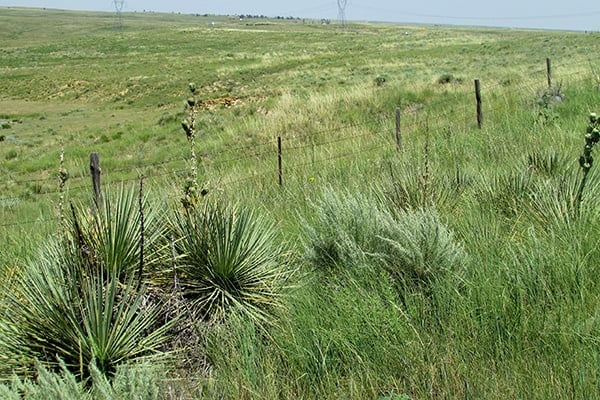
This is Yucca glauca, and it’s common in the western Great Plains. Some yuccas have edible fruits, and the young flower stalks of this species are quite good pickled. (Fried yucca flowers are excellent, too.) And, well, they’re an agave. Mezcal is made from agave, as is tequila, although not this variety.
Right next to the yuccas were something I’d actively been looking for, since I’d seen it in western Kansas the last time I’d hunted here. Opuntia macrorhiza, the Great Plains prickly pear.
Jim pointed out the ingredient that would seal the deal: Buffalo gourd, Cucurbita foetidissima.
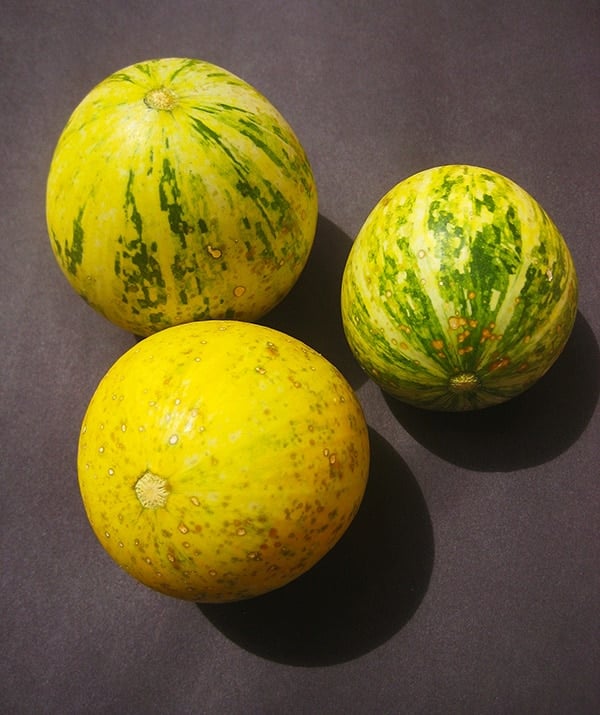
Unlike many wild gourds in the United States, the seeds of this one are readily edible, although the flesh isn’t. My mind kicked into overdrive: tomatillos, agave, prickly pears, gourd seeds. Add this to the omnipresent sunflowers and corn, and the obvious answer was to go Mexican.
I never would have imagined that the landscape of western Kansas would speak Spanish. But the region had been part of the Spanish territories back in the 17th century, and hey, this was going to be a helluva dish. So here it is, a Mexican pheasant recipe:
- Simple pheasant breasts, marinated in mezcal (or tequila), salt and lime, seared in sunflower oil.
- My recipe for salsa verde.
- Nopales, the pads of prickly pears, cooked to remove slime and lightly pickled in lime juice. You could use roasted green peppers if you’d prefer.
- Onions seared in sunflower oil.
- Salted, roasted sunflower seeds and pepitas, which are hulled pumpkin seeds.
- Finally, chochoyotes, which are masa corn dumplings. (Note: You should only make these if you have access to real masa, not “masa” made from Masa Harina flour. They won’t work.)
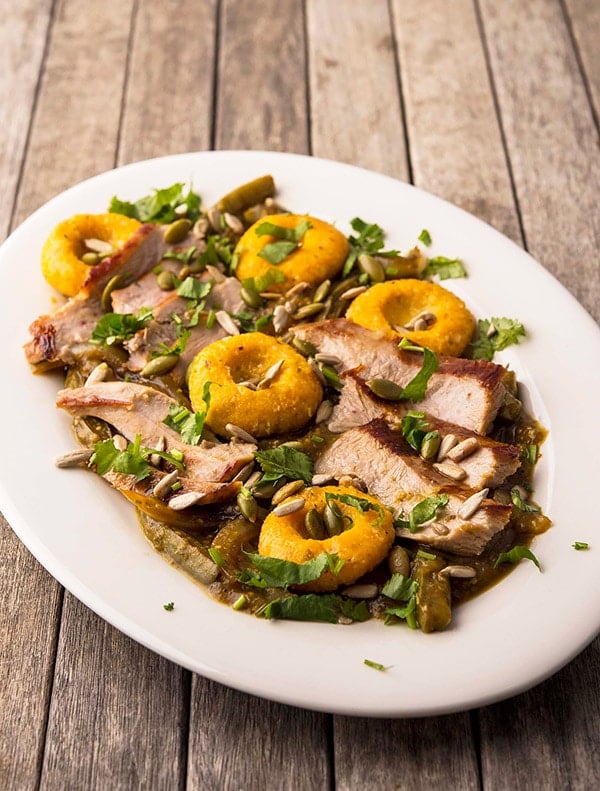
I have to tell you that if you make this recipe, it’s a bit of a 2.0 sort of recipe, as there are a few more components to it than many of my other recipes, but for this I make no apologies. It’s damn good. Really damn good.
But even if you don’t make Kansas Pheasant, the real point of all this is to pay attention to your surroundings when you want to think up a new dish. Culture, yes, but also crops, weather, what your quarry eats, and, most importantly, the botany of your environment.
For another example of a dish that represents a distinct time and place, check out this one from my own back yard: Sierra Spring.
Kansas Pheasant
Ingredients
PHEASANT
- 4 to 6 skinless pheasant breasts
- 1/4 cup tequila or mezcal
- 1/4 cup lime juice
- Salt
MASA DUMPLINGS
- 2 cups prepared masa (see note)
- 1 tablespoon salt
- 3 to 4 tablespoons lard or vegetable oil
- 1 teaspoon achiote (annatto) seeds (optional)
NOPALES
- 2 to 3 cactus pads (nopales) (or poblano peppers)
- Husks from 5 or 6 tomatillos
- Salt
- 1/4 cup lime juice
TO FINISH
- 3 tablespoons sunflower or other vegetable oil
- 1 white or yellow onion, sliced
- 1/4 cup mezcal or tequila
- 2 cups salsa verde (see note)
- 3 tablespoons roasted, salted sunflower seeds
- 3 tablespoons roasted, salted pumpkin seeds
- 3 tablespoons chopped cilantro
Instructions
- Start by marinating the pheasant. Mix the lime juice, tequila or mezcal and salt, then coat the pheasant with it. I like to do this in a sealable bag. Let this sit in the fridge for at least 90 minutes and up to overnight.
- Pickle the nopales. Cut the pads into pieces that make you happy; I like matchsticks about 1/4 inch by 1 inch. Get a pot that will hold the paddles easily, fill it two-thirds with water and bring it to a boil. Add enough salt to make it salty, then add the prickly pear paddles and the tomatillo husks -- the husks absorb the slime. Boil for 10 minutes, then toss with the lime juice. Let this set at least 1 hour, and up to 24 hours. If you're marinating more than an hour or so, put it in the fridge.
- If you're using peppers, roast them, remove the skins and seeds, then cut into pieces you like and pickle like the nopales. If you are unfamiliar with how to do this, here's a tutorial.
MASA DUMPLINGS
- While the pheasant and nopales are marinating, bring a large pot of water to a boil. As this is happening, make the chochoyotes, the dumplings. You start by mixing the salt and lard into the masa. If you want the pretty yellow dumplings I have, either use very yellow corn or heat the lard with the achiote seeds for a few minutes; it'll turn the lard orange, and the dumplings yellow. Strain the seeds out.
- If you bought prepared masa for tamales, it may have enough lard in it. Ask or look at the package. If that's the case, don't add more.
- To form the dumplings, pull off a piece of masa the size of a small walnut and roll it into a ball. Press an indentation into the dumpling with your thumb and set aside. Do this with all the masa.
- When you have your dumplings, salt the water in the big pot and bring it to a simmer, not a boil. Slip the dumplings a few at a time into the simmering water. Don't crowd the pot and don't boil or the chochoyotes will dissolve. When they float, remove them and set aside.
TO FINISH
- Heat your oven to "keep warm" and set a baking sheet in it.
- Heat the sunflower oil in a large saute pan over high heat. Remove the pheasant from the marinade and pat it dry. Sear it hard in the sunflower oil on the side where the skin was, for about 3 to 4 minutes. Spoon the oil over the exposed side of the pheasant breasts.
- When you have a pretty brown crust on the pheasant, move them seared side up to the oven. They'll finish cooking there.
- Add the sliced onion to the pan and sear it over high heat, stirring often. When the onion gets some browning and even blackening on its edges, add the nopales with their marinade and toss to combine.
- Move the pan away from the heat and add the mezcal or tequila. Return it to the heat and use a wooden spoon to scrape up any browned bits. Add the salsa verde, the masa dumplings and toss to combine. If the sauce is too tight, add a splash of the dumpling cooking water to it.
- To serve, give everyone some of the contents of the pan, some sliced pheasant breast, and garnish it all with the sunflower and pumpkin seeds and cilantro.
Notes
Nutrition information is automatically calculated, so should only be used as an approximation.
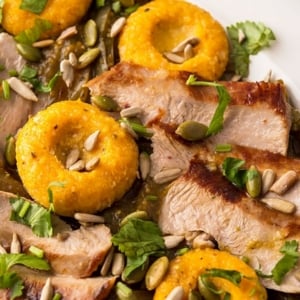
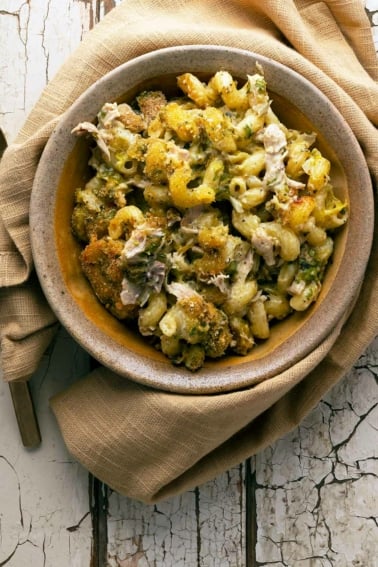
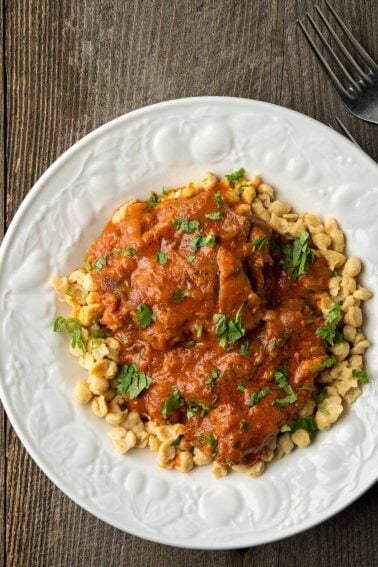
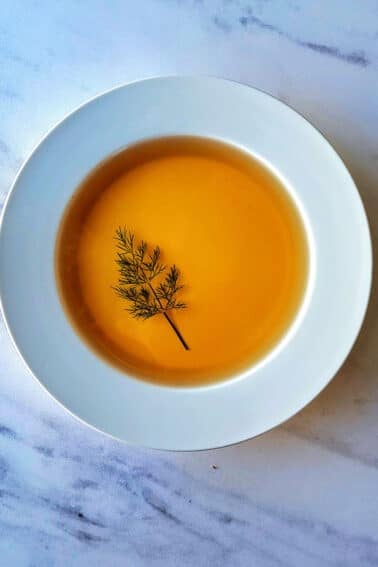
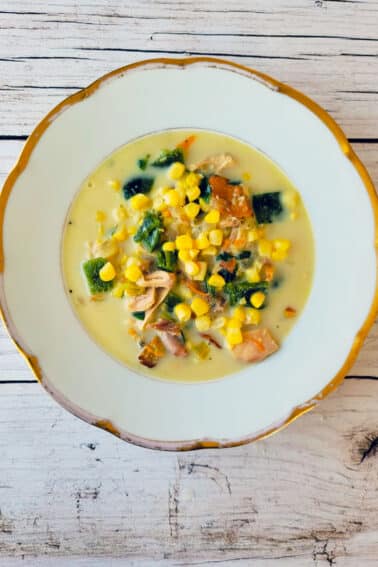
One of my favorite recipes! Just another great Shaw recipe that converted my wife into a wild game lover. Thank you.
I would never do this recipe again. In the end the taste and flavor was good but way too much effort and clean up for the result. My wife, who graduated from culinary school, said she would never do this again. I thought when I did the marinade and the nopales mixture, that it would be most of the work. The masa balls were the problem. Maybe if you bought the dough pre-made that would help. In addition, the achiote seeds should be purchased in powder form as they are so hard, you cannot blend them to a powder. I would suggest taking very good mescal and just drinking it and not doing the recipe.
Jeff: For starters, You don’t need achiote in powder form. I clearly state you heat the lard with them, then strain. No need to blend. Second, I state at the outset that this is not supposed to be an easy recipe. Yes, it’s work. About the masa dumplings, I should have been more clear about the need to make them with actual masa, not masa rehydrated from masa harina flour — they won’t work with that stuff. With real masa for tamales bought or made, they are very, very easy to make.
My husband is returning tomorrow from a pheasant hunt in KS and I cannot wait to try this! Also – just want to say that I LOVE this website/blog. My husband is an avid hunter of all things and we both fish year round. Living extremely remotely and relying a lot on our hunting/angling for food, but also being a big food nerd who loves to spend weekends in the kitchen, this site has become indispensable for me. I really enjoy the rich flavors of wild meat and am happy to have some coaching on how to keep those flavors strong while still exploring different types of cuisine. Thanks Hank!!
Hank
Are the nopales given an ice water bath to keep them snappy. Similar to asparagus? Or does the cook time render them a more tender and soft texture? Nopales are a Lenten favorito amongst the Latinos. Thanks for the recipes
Love this based on the principle AND the fact that pepitas and mezcal are cheap and underrated. Can’t wait to give it a try!
This sounds amazing! New follower, but super excited to try several of these recipes! My husband and I hunt (deer, duck, rabbit, turkey, an occasional squirrel, dove and some pheasant when offered-West TN sadly doesn’t offer the majestic bird) and garden, so our freezers are full year round. I am pretty keen on utilizing seasonal veggies and love coming up with different dishes! I look forward to your tips, suggestions and recipes.
Looks great! I just got back from hunting the same area, and those gourds were a point of conversation.